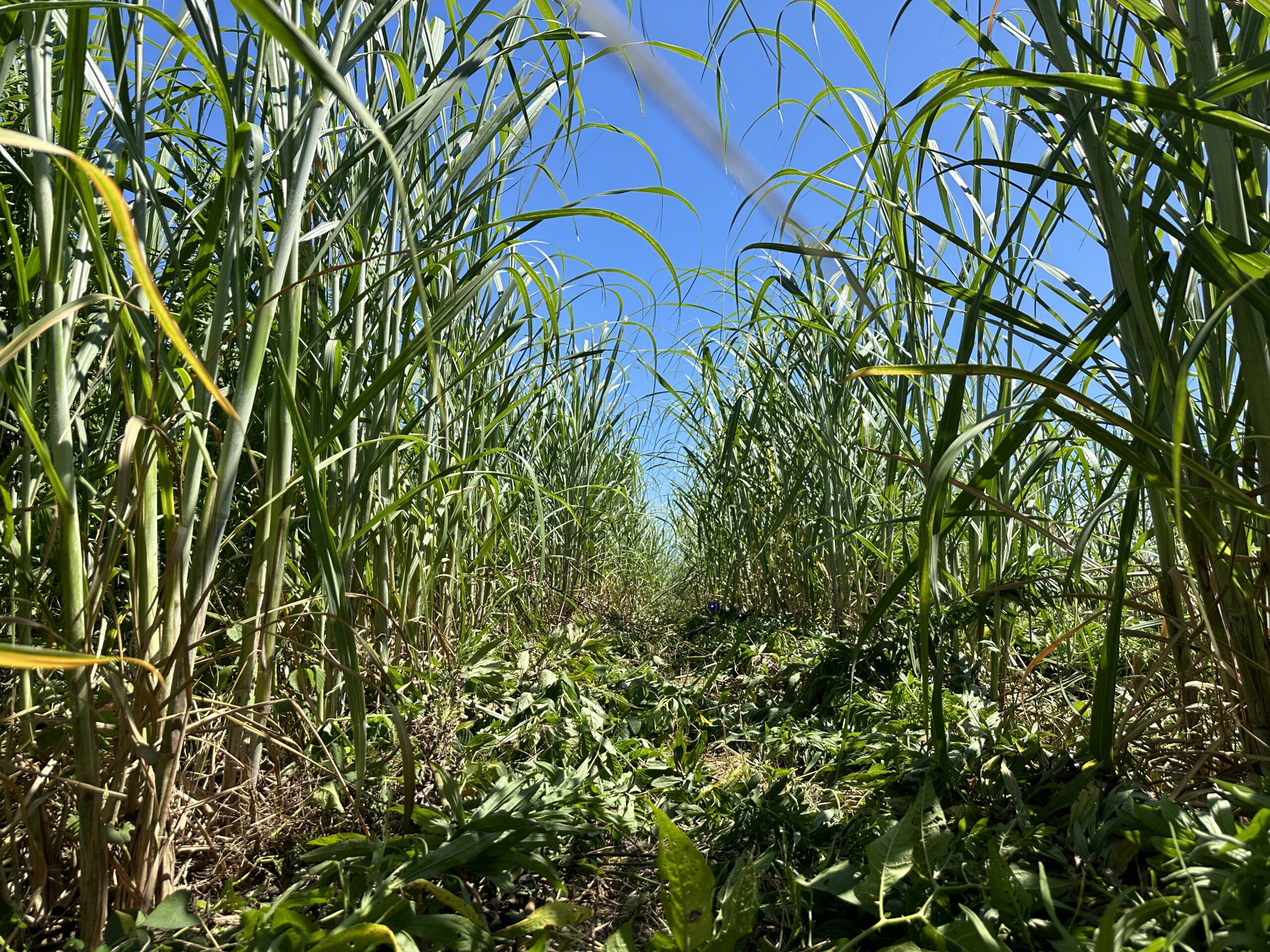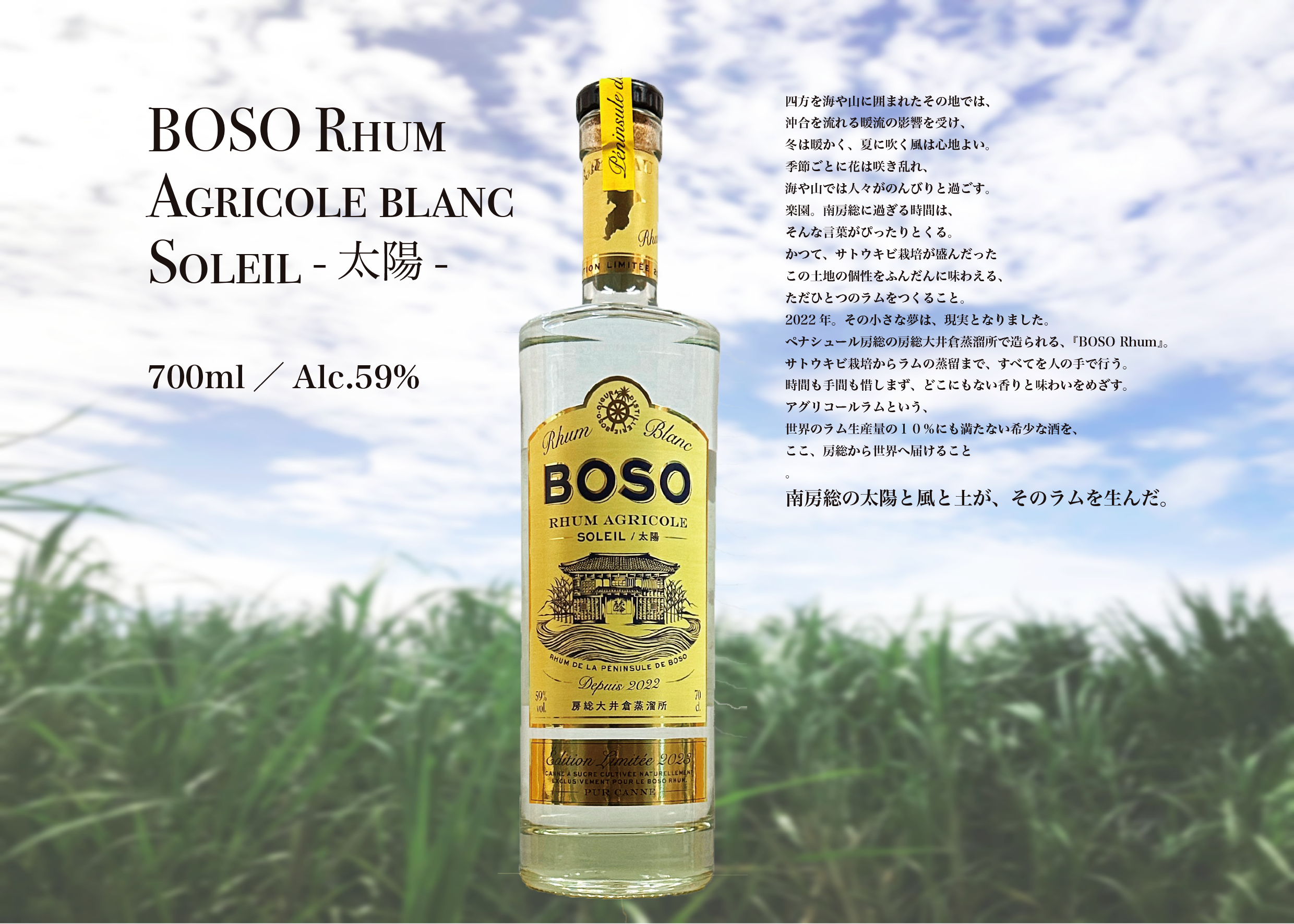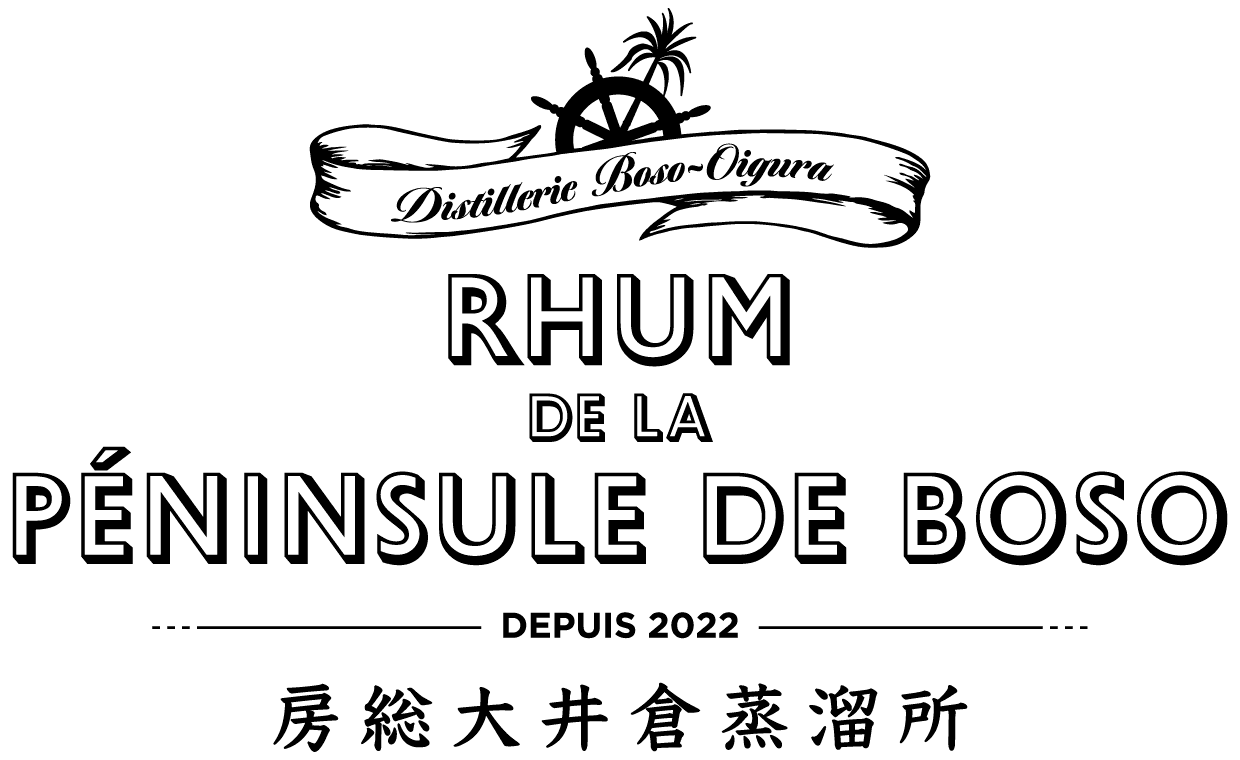2023.08.19
コラム
Agricole rum production begins in the field.

In the midsummer sun-drenched sugarcane fields, weeds are cut with a sickle in one hand and pulled up to the base of the sugarcane.
It is a kind of weed mulch in natural farming, and the aim is to use the cut weeds to prevent the next weeds from growing and to fertilize the sugarcane. If you are trying to lose weight, please join the BOSO Pirates.
There is a reason why we keep doing this tedious work, and it goes back to the mechanism of sake making, but I will try to keep it as simple as possible.
All alcohol is produced when yeast, a microorganism, eats the sugar in the raw materials and breaks it down into alcohol and carbon dioxide.
This yeast microorganism attaches itself to various plants, and even if they are of the same species, they have different characteristics depending on the climate and plants in which they live, which is a major factor in the differences in aroma and taste of the resulting liquors.
In modern alcohol brewing, the most common type of yeast used is product yeast, which is a pure culture of an especially superior species suited to each type of liquor, and is used to produce consistently delicious liquors all over the world.
At Péninsule Boso, too, we mainly use product yeast, but in the case of agricole rum, we aim for a form of natural fermentation with almost no yeast added.
We believe that this method of alcohol fermentation, which uses the power of yeast and other microorganisms that coexist with sugarcane on our own farm during the alcohol production stage, or so-called "unrefined" stage before distillation, influences the complex and deep flavors and tastes unique to agricole rum.
However, this is not an easy task, as many of the microorganisms in the field interfere with the yeast's alcoholic fermentation, and if the yeast is not allowed to dominate the process, the large amount of cane juice that has been pressed may be discarded as spoilage. I have actually experienced such a situation and was astonished.

Boso Environmental Utilization Agriculture" is a farming method that aims to nurture not only sugarcane but also yeast and other microorganisms that coexist in the field to become as good as possible so that the natural fermentation process can be carried out smoothly. This is a farming method that aims to nurture not only the sugarcane but also the yeast and other microorganisms that coexist in the field to become as good a rum as possible so that natural fermentation can take place smoothly.
To be honest, when I started sugarcane production, I was not so interested in organic farming or pesticide-free farming, and I still do not deny the use of chemical fertilizers and pesticides just to grow big sugarcane with high sugar content. I am also fed up with the expensive organic certification system.
It is a groping in the dark to be aware of invisible microorganisms and to actually nurture the field into an environment suitable for fermentation, but when we think about it with the goal of "delicious agricole rum that only BOSO can produce," various ideas and hints are born, and we examine them and practice them while nurturing our environment. We believe that this is "our biodynamic" and will lead to the creation of "the terroir of Minami-Boso".
The reason we do not use pesticides or chemical fertilizers is to prepare the soil and create an environment where microorganisms can live easily, and the weed mulch mentioned above is also done with the image of using even the microorganisms in the weeds for fermentation.
We also spray the waste distillation liquid from rum production in the field to adjust the soil PH, release inactive yeast left at the bottom of the unrefined spirit into the field to see if yeast for rum can grow in the field and sugar cane, and plow the field with seaweed that rises to the sea to replenish minerals and to see if seaweed yeast can work... etc. etc.
We will consider whether it is good or bad, but for now, we will give the fields and sugarcane the fullest use of our environment, and over time, we will cultivate the fields so that the sugarcane for rum will fully absorb the terroir of Minami Boso and be reborn as agricole rum, which cannot be found anywhere else in the world. This is our Boso Environment Utilization Agricultural Method.

We do not know how many years it will take to create the environment we are aiming for, and we may fail badly, but we will gradually evolve without forgetting our belief that "agricole rum making starts from the field," and we would like to share this evolution with many rum and alcohol fans through our rums. We would like to share this evolution with many rum and alcohol fans through our rums.
And now we are finally able to present to you the first "BOSO Rhum Agricole blanc Soleil 太陽".
The finish may still be a work in progress, but we hope that you will taste it again while thinking about our thoughts and efforts, and look forward to next year's Soleil and the year after that.
And again, if you are interested in mowing or farming in midsummer after reading this column, please contact us.
